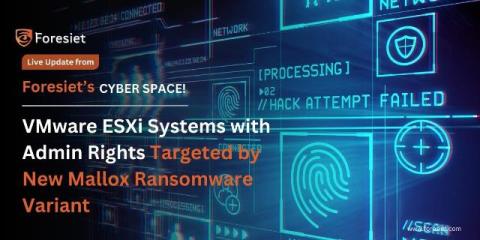FBI Recovers 7,000 LockBit Decryption Keys, Urges Ransomware Victims to Come Forward
The FBI has made a significant breakthrough in the fight against LockBit ransomware by recovering over 7,000 decryption keys, which can now be used by victims to restore their encrypted data at no cost. FBI's Efforts Against LockBit Ransomware During the 2024 Boston Conference on Cyber Security, FBI Cyber Division Assistant Director Bryan Vorndran announced the recovery of these keys, emphasizing the agency's commitment to assisting past LockBit victims.









